Urban life with a dog works beautifully when you rely on clear routines, calm rest areas, and considerate behavior in public spaces. This guide shows how to stay relaxed around dense buildings, traffic, elevators, parks, and public transit — with practical tips for daily life, training, and health.
Contents
- Home Setup & Rest Zone
- Walk Routines & Potty Spots
- Leash Walking & Encounters
- Urban Stimuli & Socialization
- Safety in the City
- Enrichment Indoors & Outdoors
- Home Alone & Neighbors
- Weather, Paws & Health
- Transit, Elevators & Getting Around
- Rules, Courtesy & Responsibility
- Time & Budget Planning
- Essential Checklist
- Common Mistakes
- FAQ
Home Setup & Rest Zone
The most important place in the city is your dog’s rest spot. Set up a fixed, quiet corner (bolstered bed, non-slip surface). House rule: “On the mat = no interruptions.” This teaches your dog that home means relaxation. A clear daily rhythm helps: wake up – potty – meal – rest – walk – rest – play/training – rest.
Tip: Pair a relax cue (“rest”) with a short chew or lick mat; a familiar scent (e.g., worn T-shirt) in the bed can help your dog settle.

Walk Routines & Potty Spots
In dense neighborhoods, predictable times and regular routes build confidence. Two to four short outings often beat one very long walk. Seek quiet side streets, courtyards, or park edges. Choose a preferred potty spot (same place), mark success calmly, and reward discreetly. At rush hour, switch to a quieter alternate route.
Leash Walking & Encounters
The leash is your city seatbelt. Build loose-leash orientation in micro-steps: reward eye contact, use stop-and-go when the leash gets tight, and reinforce immediately when it loosens again. More here: loose-leash walking — gentle approach.
- Front zone: dog at your side/slightly ahead, leash hangs in a U-shape.
- Manage encounters: arc around, reward check-ins, actively create space.
- Helper cues: “Let’s go,” “Look,” “Behind” for narrow passages.
Urban Stimuli & Socialization
City = stimuli: scooters, strollers, buses, deliveries. Introduce them in micro doses: watch at a distance, mark, move on. Vary surfaces (cobblestone, grates, elevator) and praise calm curiosity. For puppies/newcomers: first weeks and first walks.
Safety in the City
- Roads & curbs: teach “sit” before crossing; keep a short leash at medians.
- Ground finds: practice trades (treat for item) — stay calm.
- Visibility: reflective collar/harness, LED on the leash.
- Dog parks: avoid peak times; choose calmer areas for curated play.
- Heat/Cold: shade and water to go; in winter protect paw pads (see coat & paw care).

Enrichment Indoors & Outdoors
Limited square footage? Focus on mental enrichment: sniff games, targets, and short trick sessions (2–5 minutes). Ideas: tricks & brain work. Outside, choose sniff walks and quiet tasks (hand target at crosswalks, “Sit–Look–Let’s go” at lights). Quality beats mileage.
Home Alone & Neighbors
Sound-carrying buildings call for quiet alone time. Build it in tiny steps: door closed — 10 seconds — return, quiet praise, break. Potty and walk first; rest ritual after. How-to: home-alone training. A friendly note and phone number for neighbors can help the whole building relax.
Weather, Paws & Health
Asphalt heats up in summer and salt irritates in winter. Do the back-of-hand test, use paw balm/booties if needed. Short muzzles & dark coats: walk at cooler times and plan shade. Dental care and weight management pay off (see teeth brushing).
Transit, Elevators & Getting Around
Introduce elevators early (enter — sit — wait — exit) and public transit (bus/subway/tram): short hops, space from crowds, a travel mat as a “mobile rest zone.” In heavy crowds, take the next train. For bikes, practice a calm heel and avoid tight paths.

Rules, Courtesy & Responsibility
Check local regulations (leash laws, muzzle zones, licensing, microchip/registration) and always carry poop bags. Indoors: move through stairwells quickly and quietly; no hallway play. In parks: give picnic areas a wide berth.
Time & Budget Planning
Block time windows: mornings 20–30 minutes with orientation work, midday quick potty break, evenings 30–45 minutes of sniffing/training. Budget items: food, insurance, vet care, gear (collar, leash, lights), and possible pet care on long office/commute days. Also read: dog at the office.
Essential Checklist
- Well-fitting harness or collar, sturdy 6–10 ft leash
- Poop bags, water bottle/collapsible bowl, treats
- Reflectors/LED, ID tag, optional muzzle training
- Non-slip bed, mat for cafés/transit as a rest spot
- Brush/comb, paw balm, towel for rain
Common Mistakes
- Too much at once: dog park at peak hours → choose short, positive exposures instead.
- Inconsistent rules: pulling allowed today, banned tomorrow → keep a clear line.
- Too little sleep: city life is tiring — schedule real downtime.
- Only miles: skipping brain work → short cognitive games tire better.

FAQ
My dog barks at the window — what helps?
Management (visual barrier) + training: “Look at me,” reward, then cue for rest. Offer an activity instead of “street watching.”
How many walks make sense in the city?
Usually 3–4 short outings plus one longer, low-key session. Quality (sniffing, exercises) matters more than distance.
When to start dog-to-dog contact?
Quality over quantity: calm, compatible dogs; brief meetups; plenty of space. Avoid peak times.
How to teach calm café/restaurant behavior?
Bring a mat and train at home first: mat = rest. Outside, begin with very short sessions, then increase gradually.


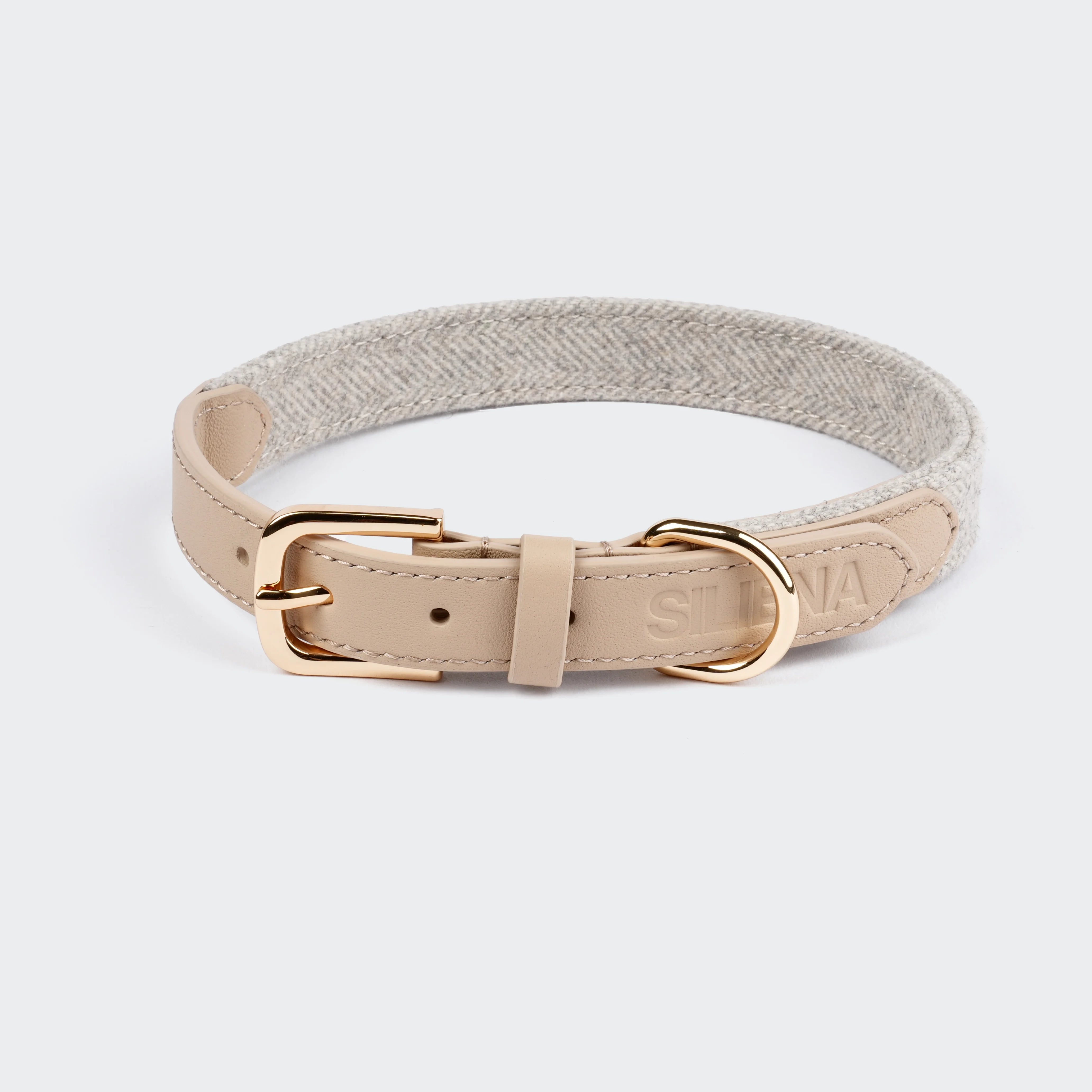
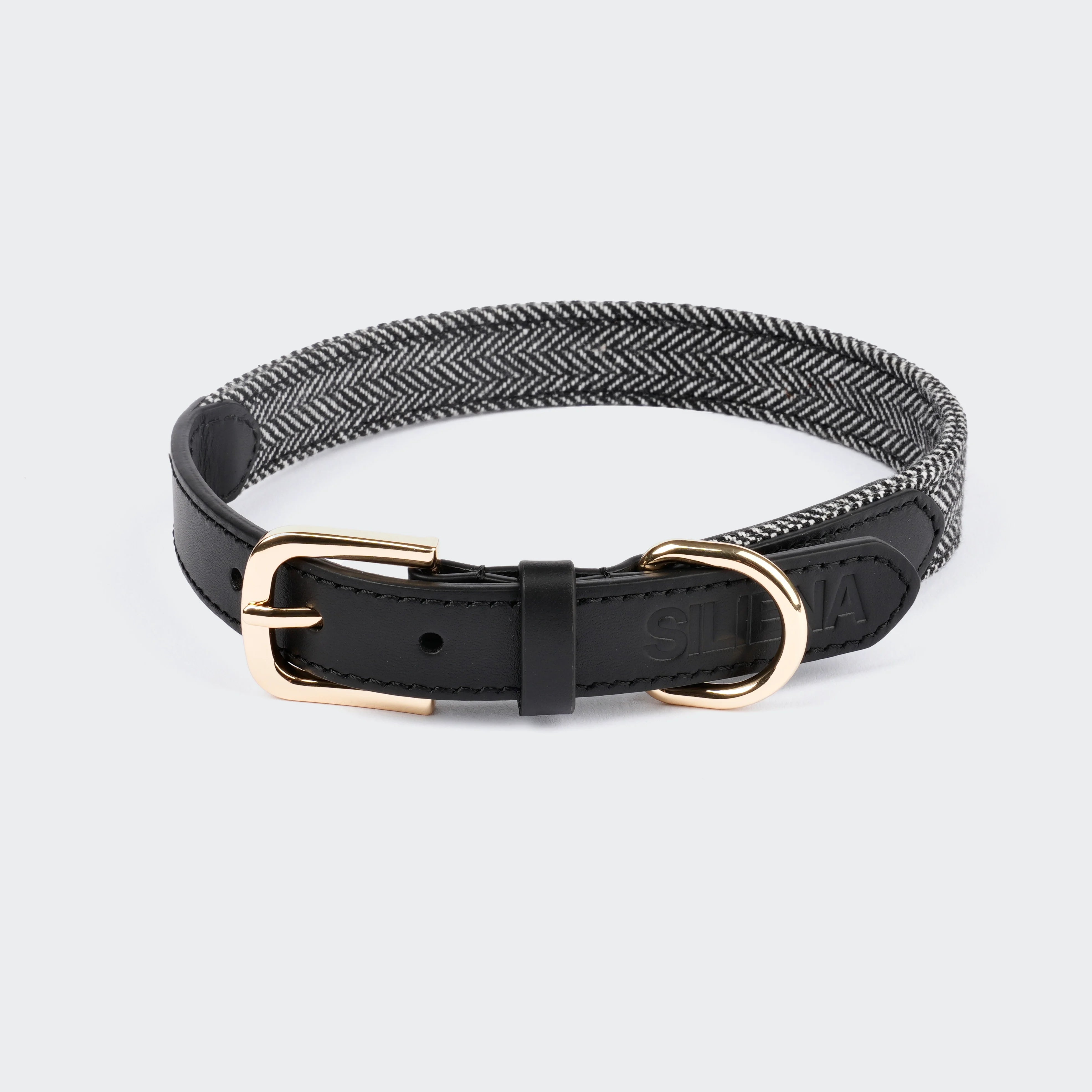
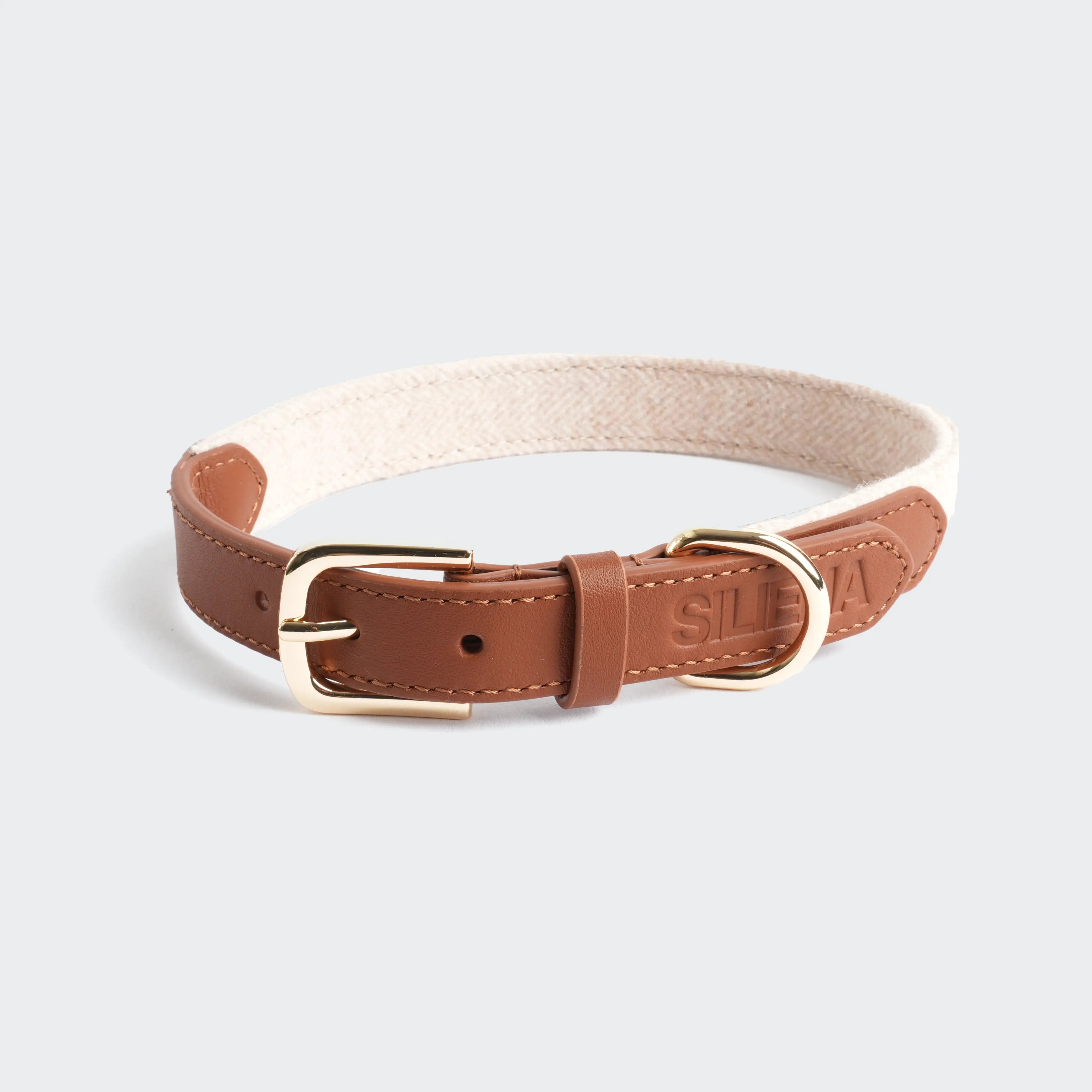
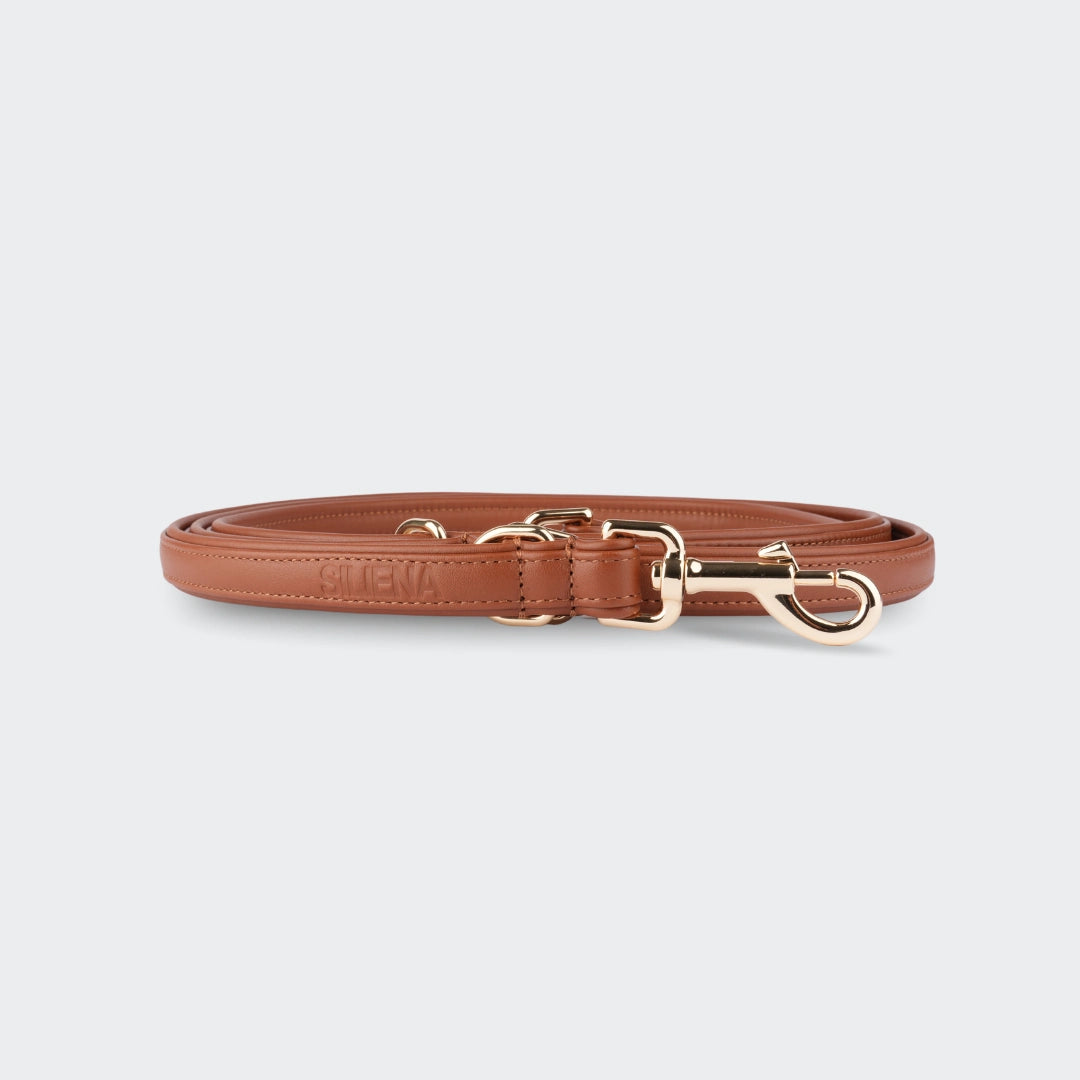
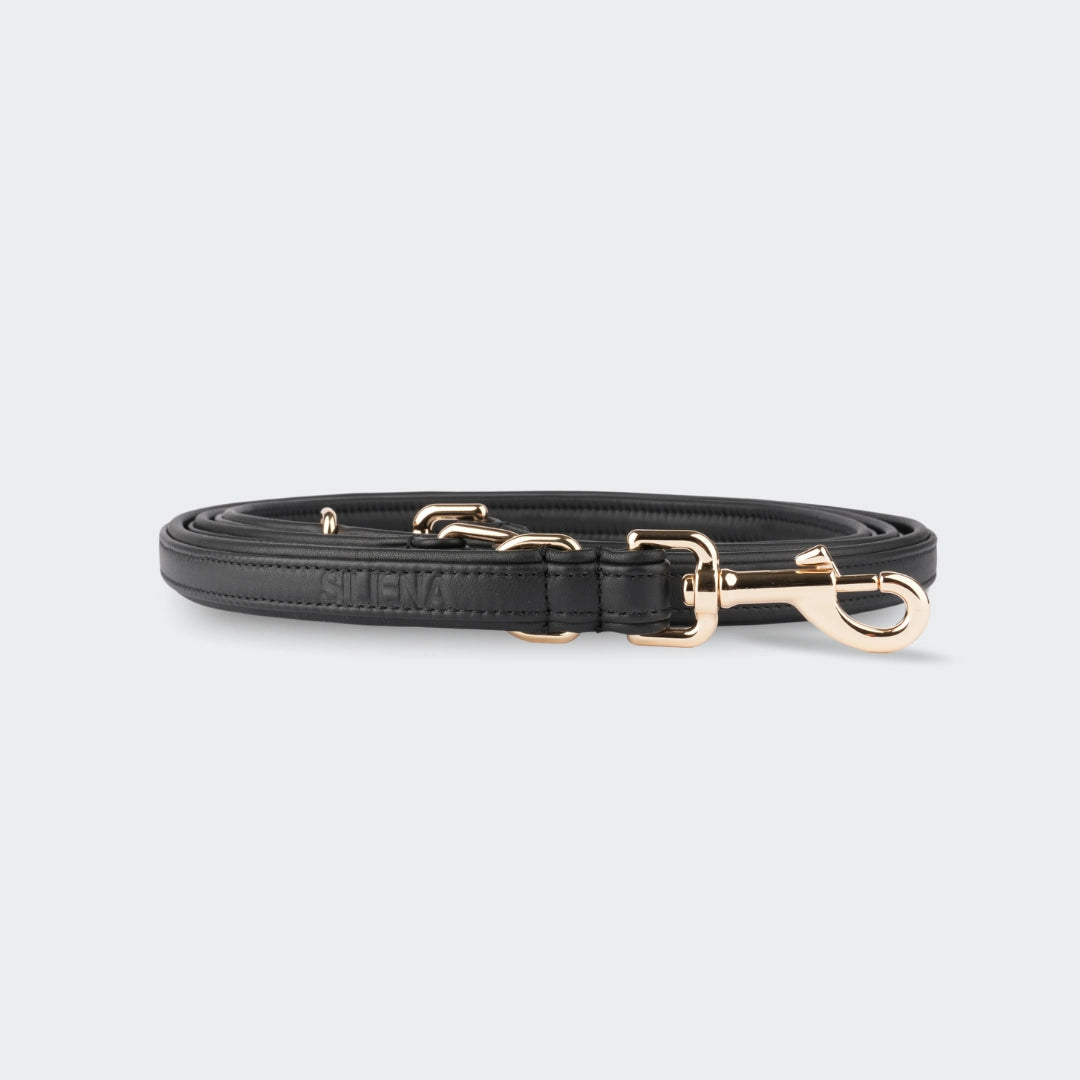
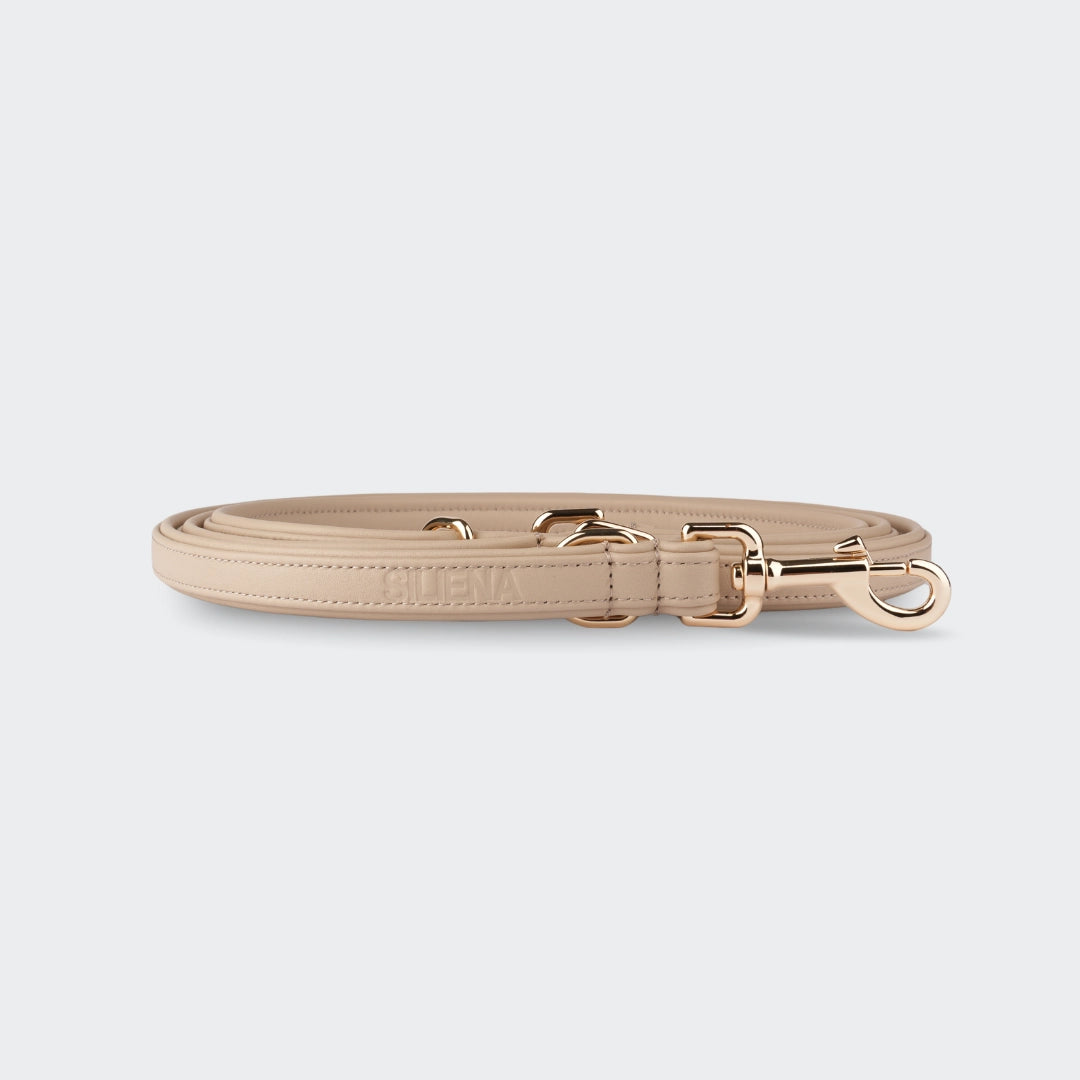
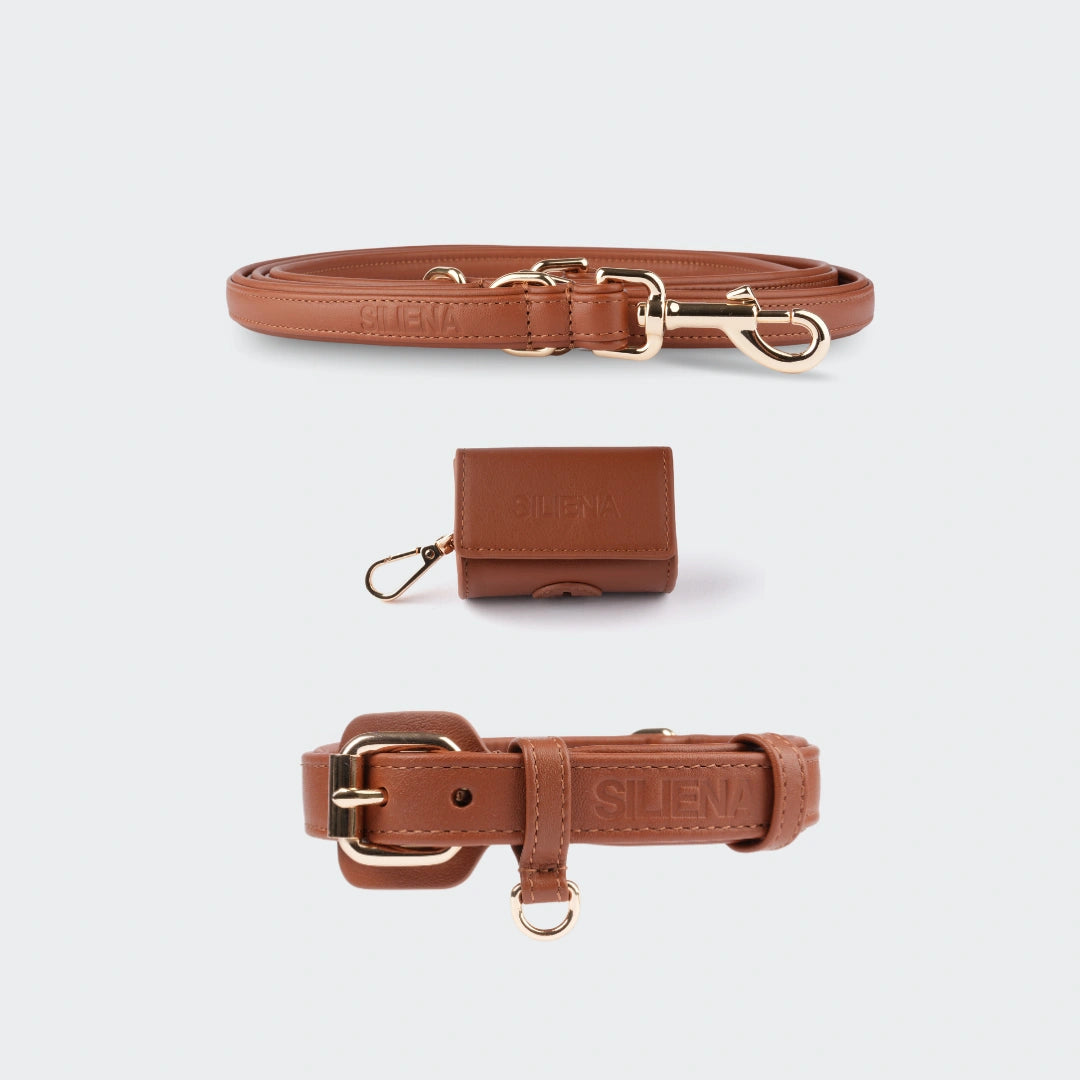
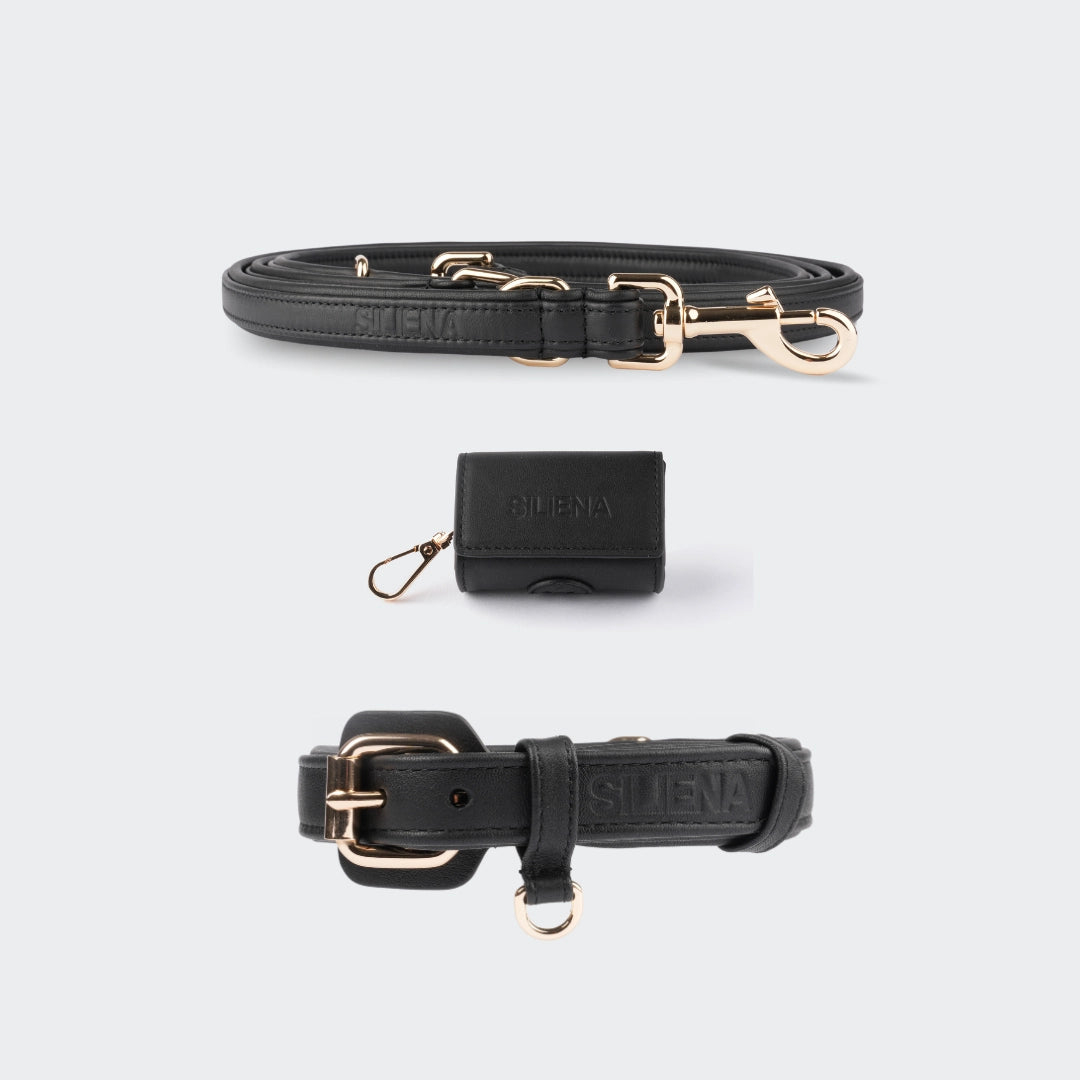
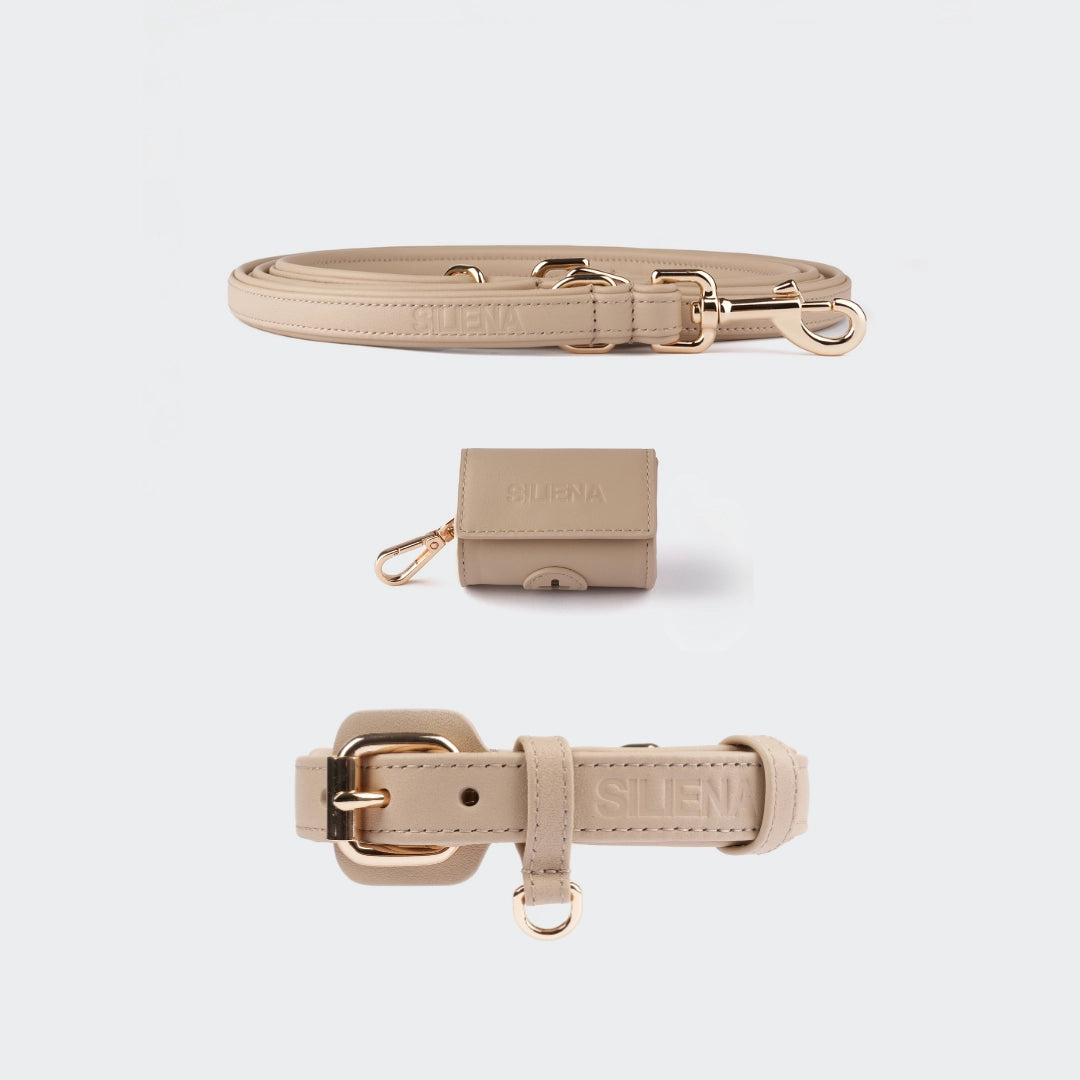
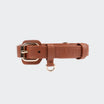
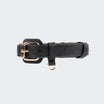

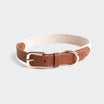
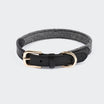
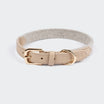

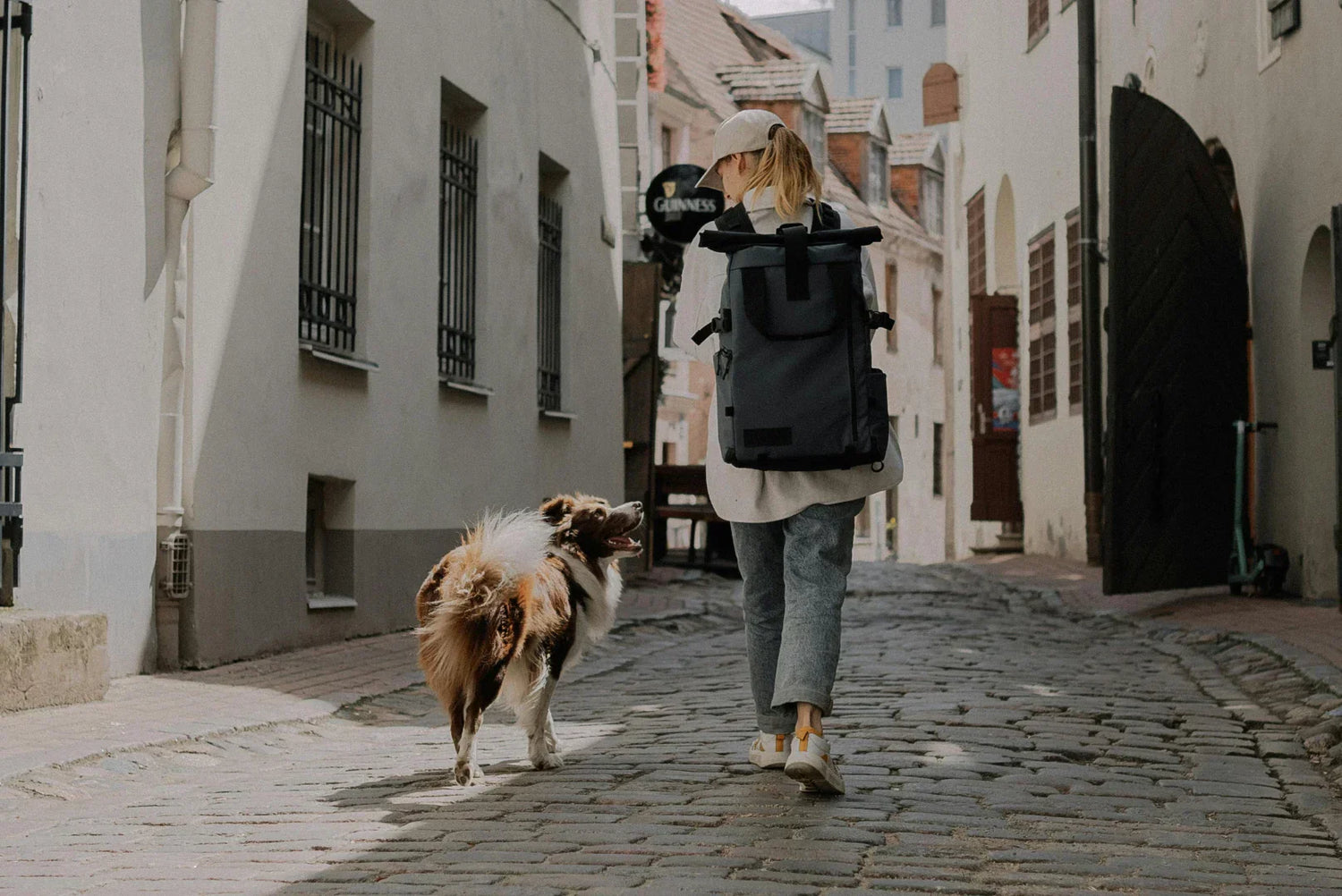
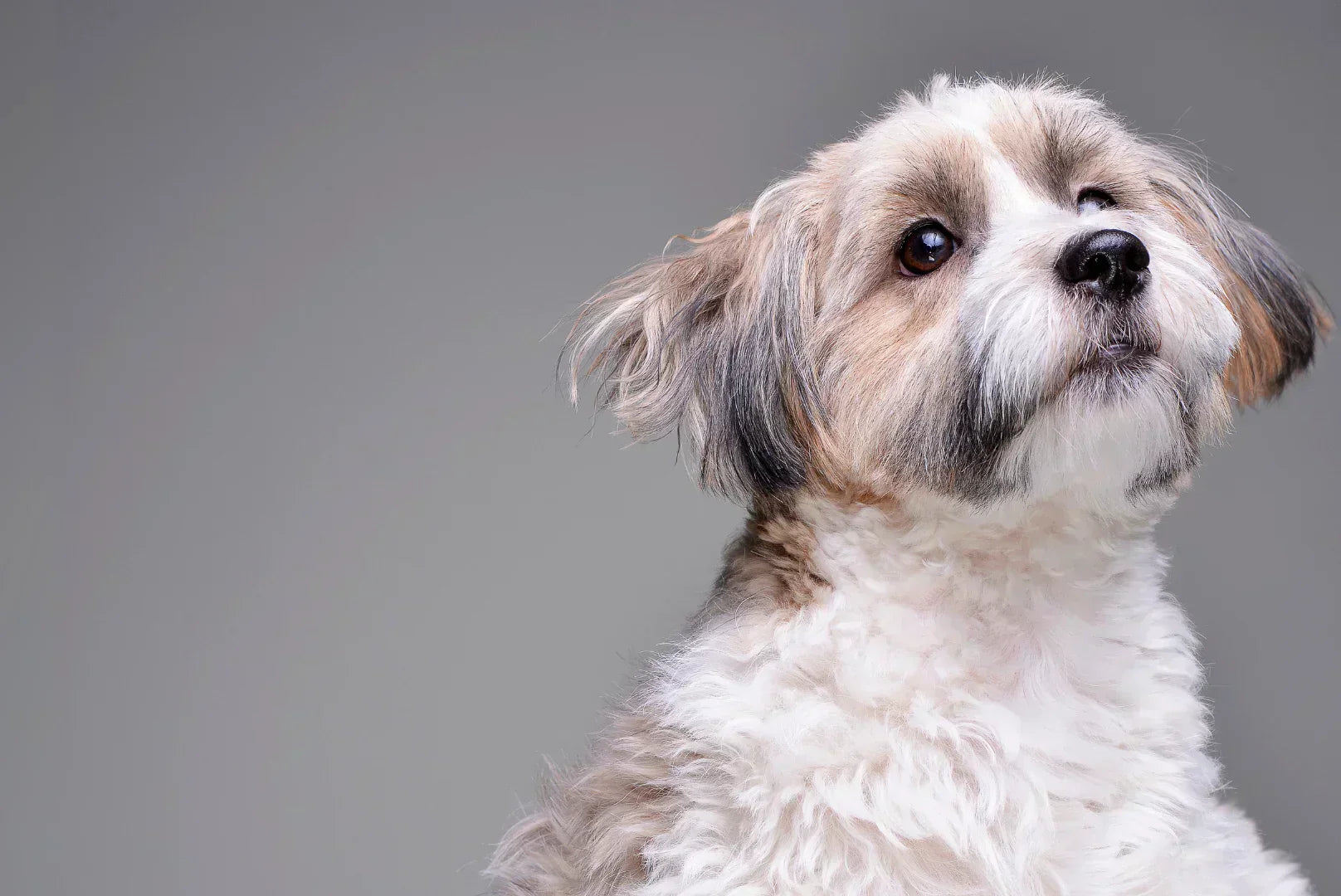
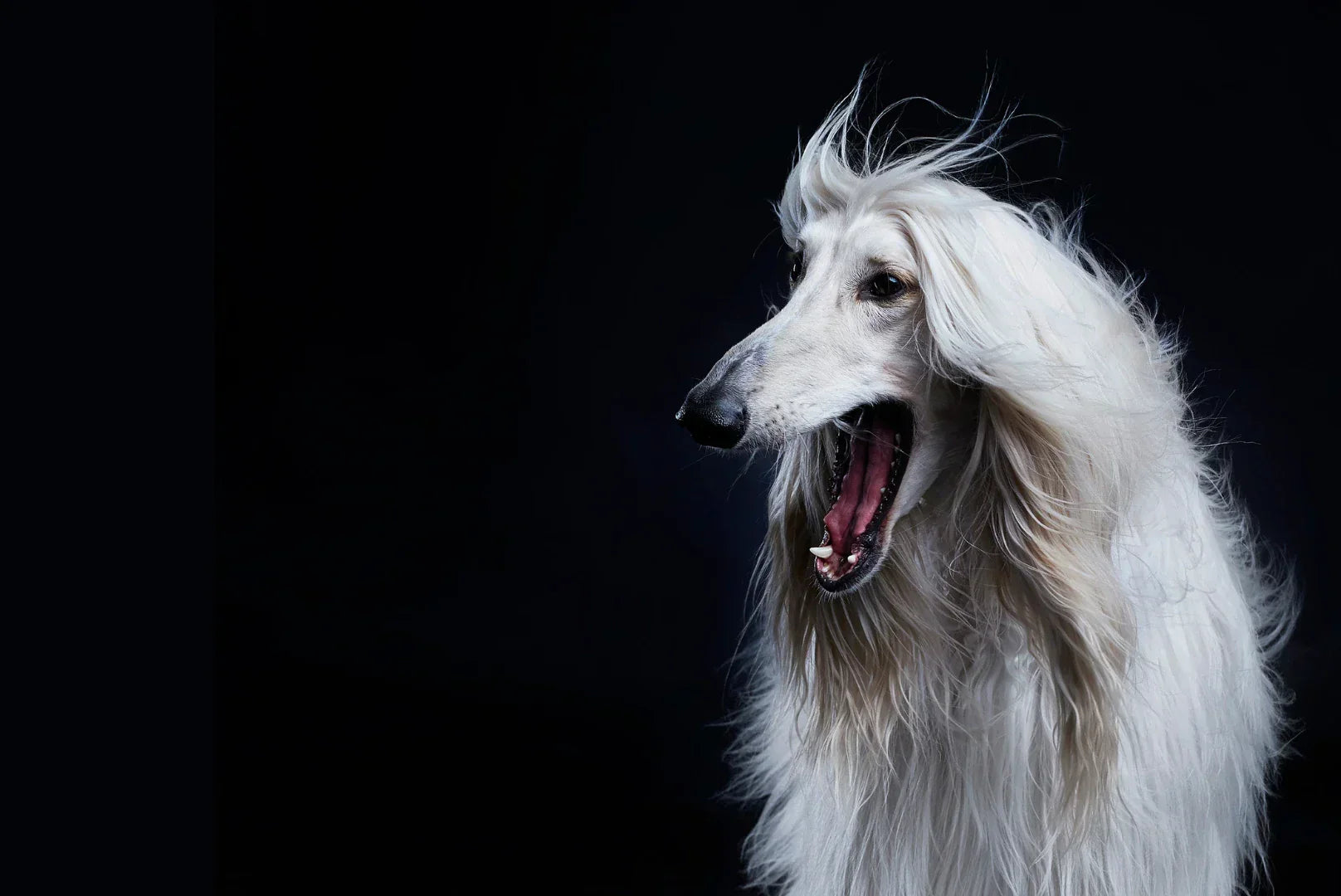


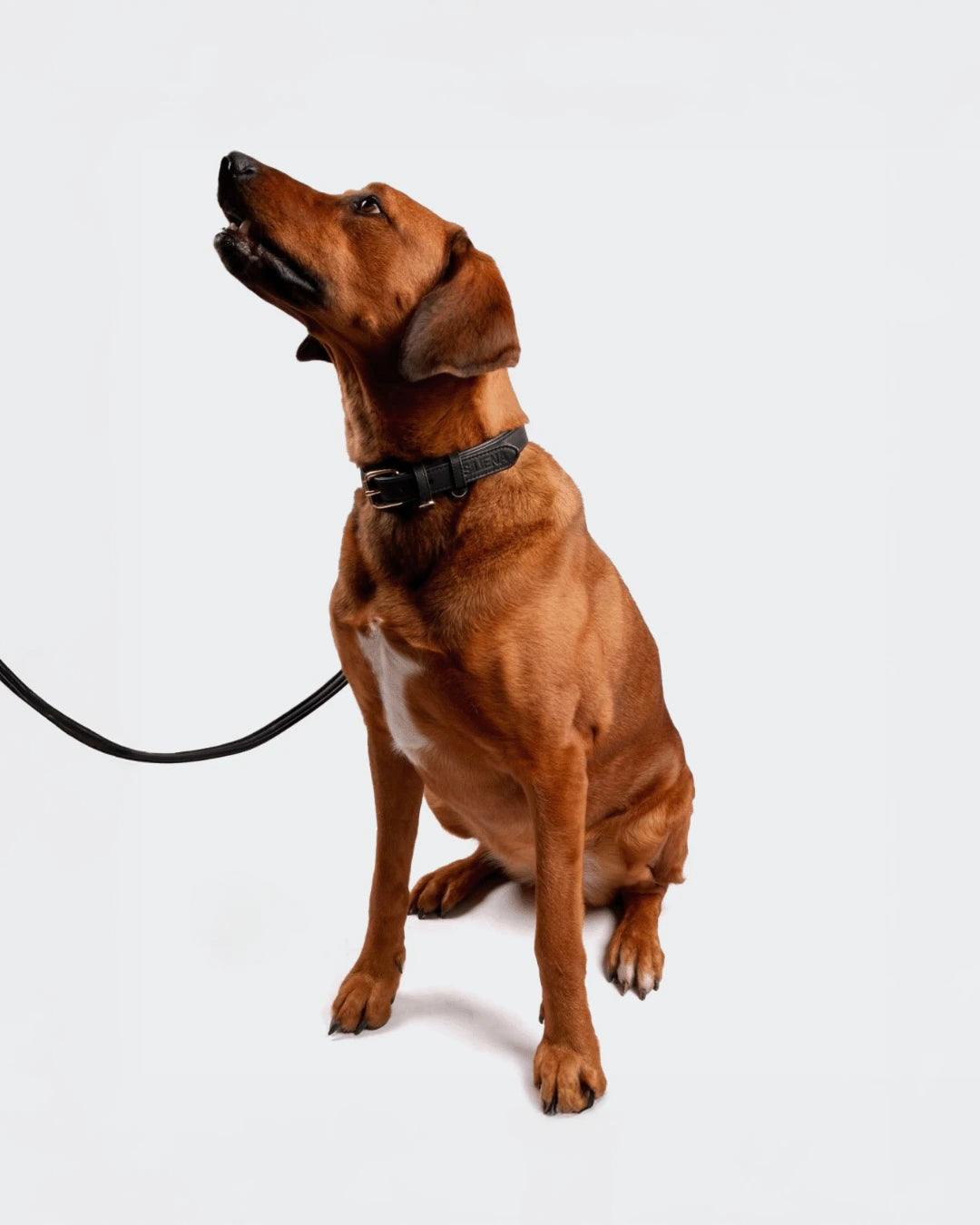
Leave a comment
This site is protected by hCaptcha and the hCaptcha Privacy Policy and Terms of Service apply.